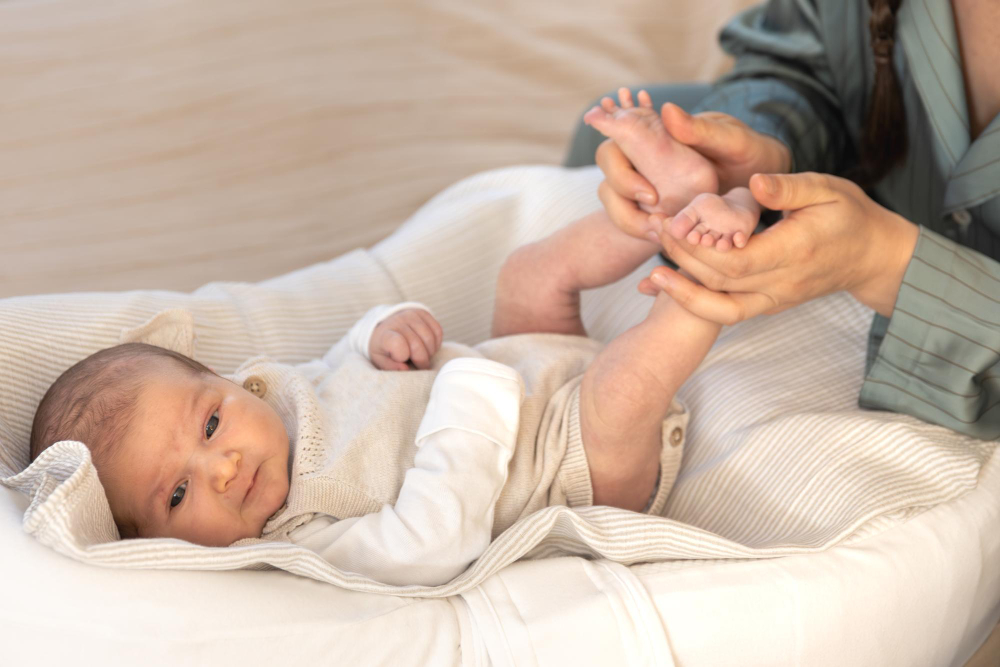What Are Newborn Reflexes?
Newborn reflexes are automatic movements that babies show soon after birth. These normal baby reflexes are part of healthy infant development milestones. For example, when you touch your baby’s cheek, they may turn their head. This is one of many types of newborn reflexes. These actions happen without your baby thinking about them. They are signs that your baby’s brain and nerves are working well.
Why Are Newborn Reflexes Important?
Newborn reflexes help babies survive and grow. For instance, some reflexes help babies feed, while others protect them from harm. Because these reflexes are built-in, they show that your baby’s nervous system is developing as it should. Doctors often check these reflexes during check-ups. This helps them spot any early signs of problems. So, watching for these reflexes is a key part of tracking your baby’s health.
Common Types of Newborn Reflexes
There are several normal baby reflexes you may notice. Each one has a special purpose. Here are the most common types of newborn reflexes:
When Do Newborn Reflexes Appear and Disappear?
Most newborn reflexes are present at birth. However, each reflex has its own timeline. For example, the Moro reflex usually fades by 4 to 6 months. The rooting and sucking reflexes often disappear by 4 months, as babies learn to feed on purpose. The grasp reflex fades by 5 to 6 months. The stepping reflex may go away by 2 months. The Babinski reflex can last until your baby is about 2 years old. Because every baby is different, these times may vary. You can use a newborn reflexes chart or baby reflexes timeline to track these changes.
What If a Reflex Seems Absent or Unusual?
Sometimes, a reflex may seem weak, absent, or last longer than expected. For instance, if your baby does not show a reflex on one side, or if a reflex is missing, it could mean there is a problem. On the other hand, some babies may have strong reflexes that last a bit longer. Still, if you notice anything unusual, it is best to talk to your doctor. Early checks can help find and treat any issues quickly.
Tips for Parents Observing Newborn Reflexes
Watching your baby’s reflexes can be fun and helpful. Here are some tips:
When to Consult a Pediatrician
Most newborn reflexes are normal and healthy. However, you should consult a pediatrician if:
Because early care is important, do not wait if you have questions. The American Academy of Pediatrics and the CDC recommend regular check-ups to track your baby’s growth and reflexes.
If you have concerns about your baby’s reflexes, consult a pediatrician for personalized guidance.

